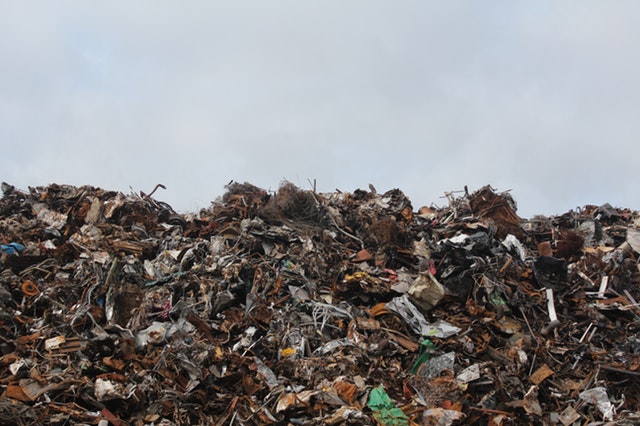If you ever shop online, chances are you’ve received a product that wasn’t quite what you expected. Maybe it was a pair of jeans that didn’t fit, or a Halloween costume that didn’t look right in real life. Sometimes, photos can be misleading! No worries, right? You can just pack it up and send it right back. So you ship it back to the company, knowing that nothing was wasted, and someone else who ordered the same thing will eventually get it instead.
Unfortunately, online retailers in the European Union have been caught simply destroying returned items rather than actually selling or repurposing them. And if it’s a widespread issue in the EU, you can be pretty sure that it’s happening elsewhere as well. Here’s the thing: if any damage occurred when you opened the item, or as it was being transported back, another customer won’t want to receive it, and they could easily complain. Yes, products returned in pristine condition can generally be resold, and companies might choose to donate some items if they can’t resell them. But sometimes, destroying gently used products is better for the company’s bottom line than donating them.

How many returned goods are destroyed rather than resold or donated? Here’s the problem: it’s currently impossible to get an exact number. This is because major companies are not legally required to disclose this information. Therefore, organizations trying to monitor the issue have to use estimates based on industry surveys. These numbers are the best data we have, but there are concerns that they may not be entirely accurate.
How off base are those surveys? Let’s look at the data provided by the French and German governments to get an idea of just how widely these estimates vary. The French government says that destroyed goods in the EU could be valued at 630 million to 800 million euros every year. However, the German government states that the value could actually be around 7 billion euros! And to make things even more confusing, the author of the study that the German government got those figures from says that she thinks the actual figure is much higher.
Basically, we don’t know exactly what percentage of returned goods are destroyed. But clearly, it’s a huge waste of materials and money.
So, what can we do about this? This is an area where most of us can improve.
What we can do to combat the companies’ burning of returned merchandise
First, if you’re concerned about sustainability and waste, you’re probably already striving to shop less, take care of what you already own, and go thrifting or borrow from family and friends whenever possible. When you do need to purchase something new, try to shop local and buy any clothing or products you need from stores in the area where you live. To be fair, if you live in a very rural area, or if you’re looking for something obscure, this may not always be possible. However, there are steps you can take to minimize the chances that you will have to return an item that you bought online.

Be careful to thoroughly read reviews and look at photos posted by other people who have bought the product, not just the seller! These images will generally be more realistic. When possible, ask for product recommendations from family and friends before making a final decision. The goal is to get an item that you’ll actually use, not one you’ll want to return and risk wasting, so it’s smart to do your research first and feel confident when you do order it. And depending on what you’re buying, you might be able to buy a used version, which is more sustainable anyway. For instance, you can easily buy used books online, and while you might notice a few wrinkled pages and a couple of notes in the margins from former readers, but it’s also an eco-friendly way to read!
This issue reveals a few frustrating truths about waste and sustainability. Overall, it can be difficult to figure out how to tackle these issues because it’s so challenging to nail down the data. We know that returned goods are being destroyed, but there’s no way to determine the extent of the problem. Additionally, it shows that there are times we try to make a choice that we think is “green,” like returning an item we don’t want so that someone else can use it—and it turns out that the product we were hoping to salvage went to waste anyway. Moral of the story? We need more funding for independent researchers who can collect accurate data, companies need to be held accountable for their waste, and as consumers, we need to make smart, practical choices about our purchases.
__
Photo: Pexels




